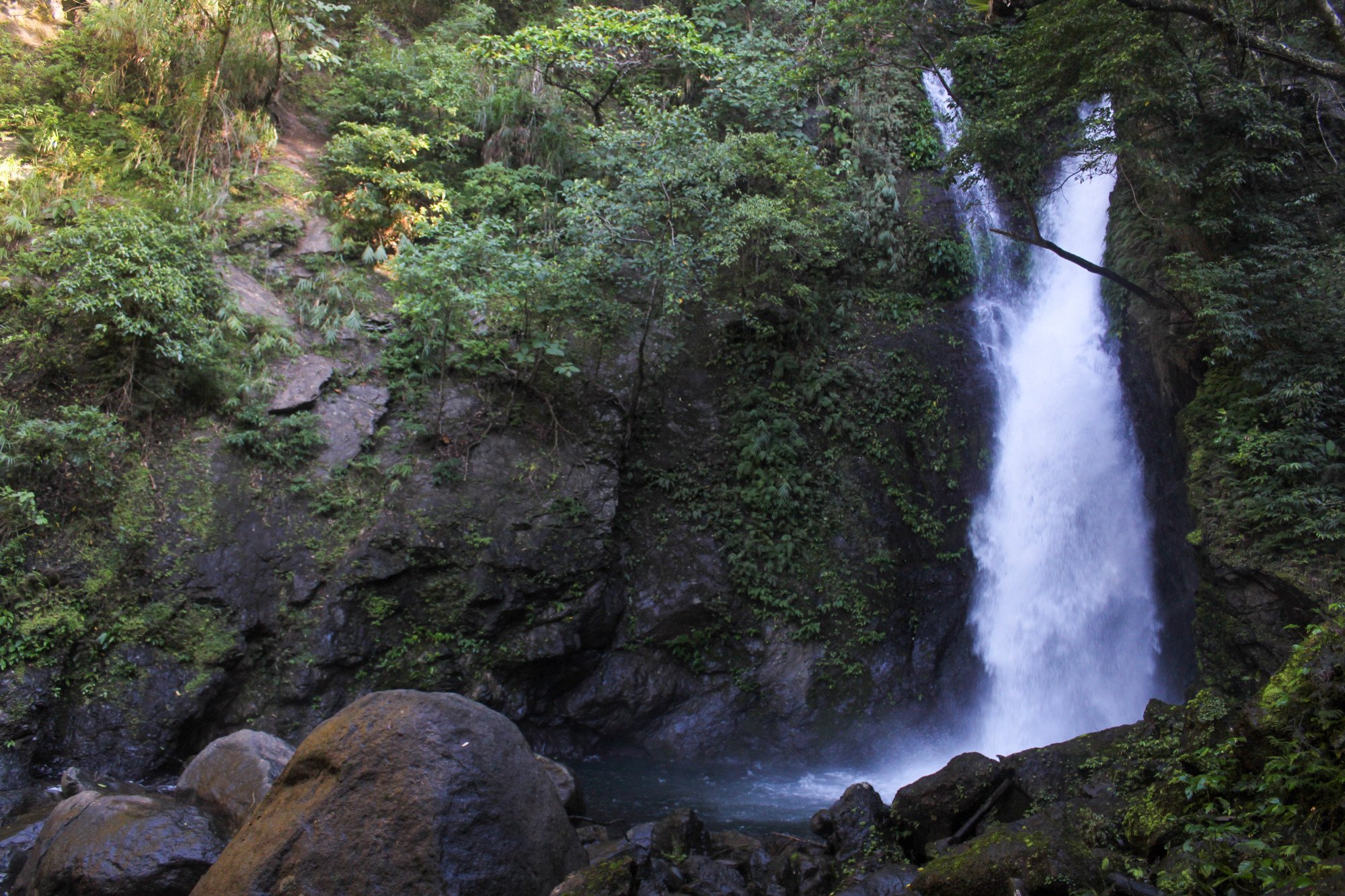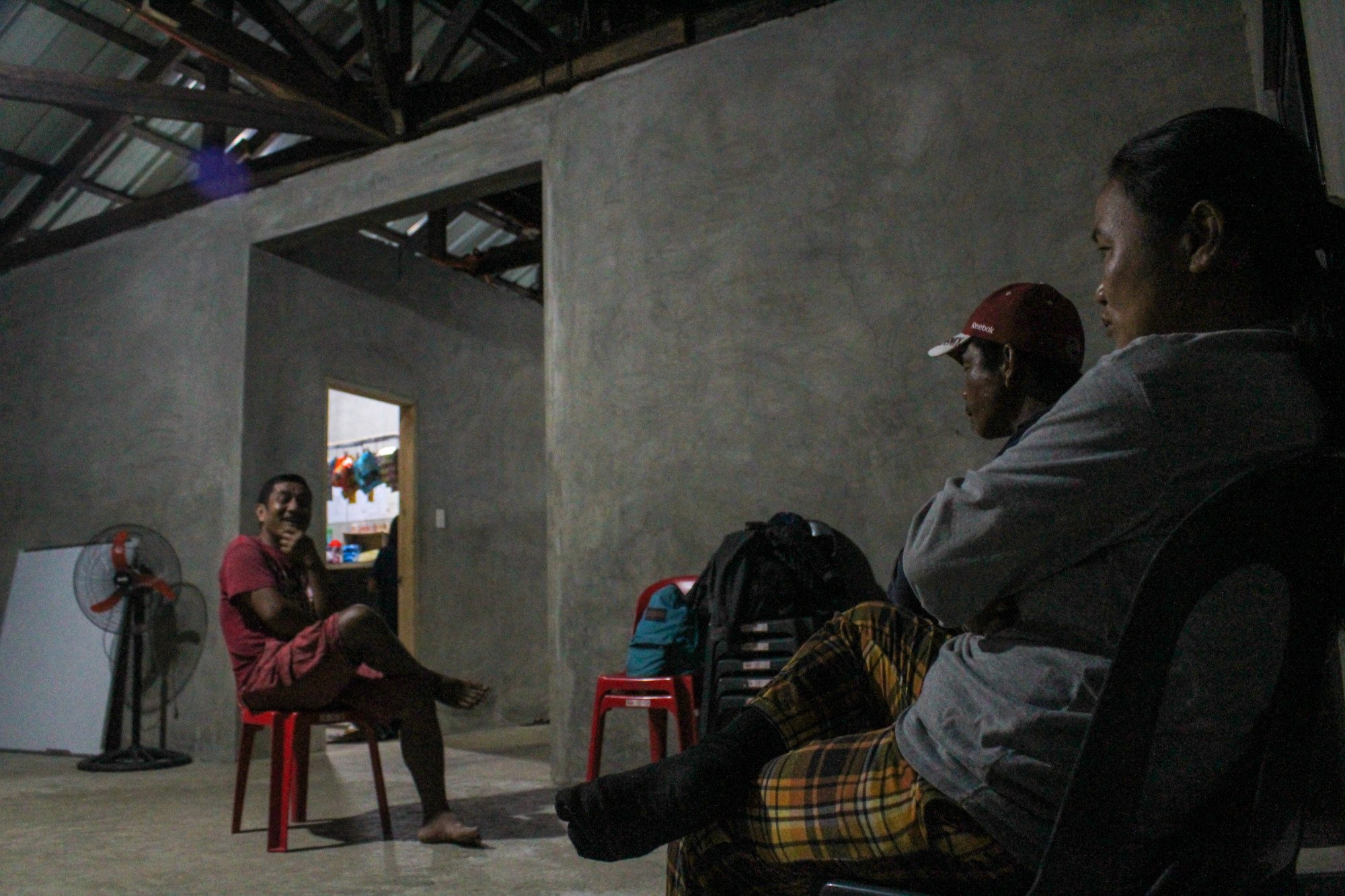Philippine indigenous groups question ‘true purpose’ of dam project in Marcos’ political stronghold
By Michael Beltran | South China Morning Post | February 5, 2024, 7:05PM
- Indigenous groups in a Philippine province are opposing an irrigation project, saying they have not been properly consulted on environmental risks
- The row is also throwing up allegations of authorities having hidden agendas behind the development that is set to be built on ancestral tribal land

The site where the Cabacanan Small Reservoir Irrigation Project (CSRIP) dam is set to be built, near the northwestern tip of the Philippines. Photo: Michael Beltran
Indigenous communities in the Ilocos Norte province of the Philippines are opposing an irrigation project on the grounds that they have not been properly consulted on environmental risks, with the row leading to allegations that authorities have other hidden agendas behind the development.
The Cabacanan Small Reservoir Irrigation Project (CSRIP), headed by the National Irrigation Administration (NIA), is set to be built on ancestral tribal lands. Any construction would require the approval of tribal councils from the villages of Dampig, Saguigui and Caunayan in the municipality of Pagudpud.
Since June last year, the National Commission on Indigenous Peoples (NCIP) has facilitated meetings for the NIA to obtain the Free, Prior and Informed Consent (FPIC) of the locals.

Cabacanan Falls, whose waters the Cabacanan Small Reservoir Irrigation Project will harvest. Photo: Michael Beltran
Talks broke down in December when the Isnag Yapayao Balangon Tribal Council (IYBTC) and Isnag Yapayao Uggayam Tribal Council (IYUTC) questioned the NCIP for railroading the proceedings, despite the risks involved. The tribes issued a joint resolution calling for the suspension of the FPIC proceedings.
“The ancestral domain is the most important thing for us because our ancestors sacrificed sweat, blood and life for it. We are not in opposition to irrigation because this is a necessity for us farmers. It is only right that the NIA provides this service. But it is beginning to be apparent now that the true purpose of the project is dam construction and not irrigation services,” the statement said.
Last month, the two councils demanded a halt to the 837 million peso (US$14.8 million) project.

Ambo Garvida (left), a spokesperson for the Isnag Yapayao Balangon Tribal Council, meets with others from his village Photo: Michael Beltran
IYBTC spokesperson Ambo Garvida fears the periodic water release will flood the villages of Saguigui, Subec and Baduang downstream from the dam site. “It’s unsafe. It will also take away control over our land and water resources,” he told This Week in Asia.
Bayan-Ilocos, a coalition of progressive groups, also flagged the potential hazards posed by the “presence of the Bangui Fault Line and Vigan-Aggao Fault Line” and the “material collapse and sediment accumulation in the dam reservoir”.
According to NIA documents, the “dam would be of the zoned earth fill type, about 36.1 metres high (118 feet), 294.72 metres long with a 10-metre wide crest” and intended for “conversion of the present rain-fed areas for rice and non-rice into irrigated fields”. It would also harness the currents of the Cabacanan River and rainfall to store 2.87 million cubic metres (99.2 million cubic feet) of water.
Ilocos Norte is the political base of President Ferdinand Marcos Jnr’s family. His son is the congressional representative for the CSRIP site and his nephew, Matthew Manotoc, is the provincial governor. Pagudpud Mayor Raffy Benemerito said proposals for the Cabacanan dam dated back to Marcos Snr’s time as president.

(From left) Louise “Liza” Araneta-Marcos, wife of President Ferdinand Marcos Jnr, President Marcos Jnr, his sister Imee and their mother, former Philippine first lady Imelda Marcos listen to the national anthem during a wreath-laying ceremony at a monument to the late dictator Marcos Snr. Photo: AFP
The upland villages rely on the waters of Cabacanan river and its waterfall. Despite having little access to electricity, local communities, largely made up of farmers, are wary of efforts to open up the area to unpredictable and possibly hazardous endeavours.
Manotoc’s office prepared a dossier to attract investments to the province by showcasing the Cabacanan project as a possible business venture.
The government is pressing for construction on the CSRIP to begin in the first quarter of this year. “It’s been a long time coming,” Benemerito said in 2020 when the project was first approved. “It’s a great help to local farmers,” he added.
But Garvida claims the NCIP and other officials misrepresented the project, categorising the dam as “small”. But a dam over 15 metres high is classified as large, according to the International Commission on Large Dams.
In a November meeting with the mayor, Garvida heard Benemerito talk of the project’s hydropower and tourism prospects, something which had not been mentioned before.
“They’re not asking for our permission, they’re just pressuring us into surrendering our consent without guaranteeing our safety. What comes next is profiting from hydropower and a stream of tourists in our lands,” said Garvida.
NCIP Ilocos Norte’s legal officer Jifford Rosqueta maintains that the project is a small reservoir but conceded “there’s a possibility” for future applications like hydropower.
The IYBTC and IYUTC have also objected to the involvement of Emilio Rabago, who is the tribal chieftain of Saguigui village and the only one backing the CSRIP. They claim he is an illegitimate representative with no proof of indigenous heritage and has thus compromised the proceedings.
Rosqueta urged the communities to resume the dialogue with them as the project is urgent and has “been delayed already by one month. But we still have March”, he said, calling for a “separate forum for the dispute and the FPIC”.
Garvida said police visited the home of his brother on December 23 to dissuade them from their “leftist” position on the FCIP.
“The NCIP must remember that the FPIC is an exercise of the right to self-determination. The insistence on finishing the FPIC within a short period violates that right. You cannot railroad a process that has been used in the past to plunder indigenous areas,” said Beverly Longid, convenor of Katribu, a national alliance of indigenous peoples organisations.
Rosqueta says they are trying to “harmonise” the situation. However, if they fail to convince the communities to agree to the project, they “will ask for the intervention of the regional and central offices”.
“There are other ways to help indigenous communities with irrigation that don’t involve land grabbing and taking away our autonomy,” Garvida said.
Source: South China Morning Post
